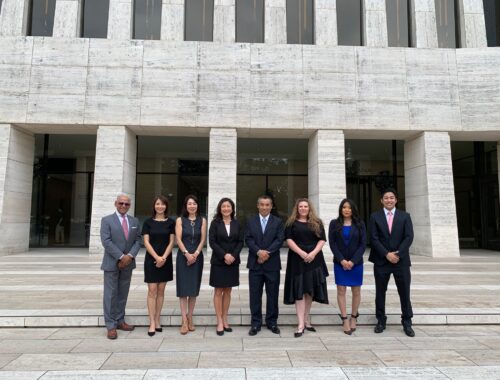ヒューストンの人口増加

ヒューストン・クロニクルから、近年ヒューストンの人口が近年急増し、ニューヨーク市、ロサンゼルス、シカゴなどの人気都市を離れている記事が掲載されました。 この記事から興味深い点を以下よりご覧ください。
- 10の郡を含む750万人以上の人口を抱えるヒューストン都市圏では、2022年7月から2023年7月にかけて人口が14万人近く増加しました。
- ヒューストンのこの増加率は約 4 分ごとに新たな居住者が増えることになり、米国ではダラスに次いで 2 番目に大きな増加となっています。
- 対照的に、米国の 3 つの最大の都市であるニューヨーク、ロサンゼルス、シカゴでは人口減少が発生しました。
- ヒューストン地域はパンデミック中に失われた雇用の 150% 以上を取り戻しており、パンデミック前の雇用者数が回復に加えて 50% 増加していることを示しています。
- シカゴやサンフランシスコなどの大都市圏はパンデミックで失われたすべての雇用をまだ取り戻していませんが、ニューヨークは失われた雇用をやっと回復したばかりです。
- ヒューストン地下鉄圏内のハリス郡では、その年に約4万2,000人の海外からの移民が流入し、少なくとも2016年以来最高で、全米ではマイアミデイド郡に次いで2番目となりました。
- ヒューストンの人口増加の主な原動力は国際移住であり、昨年の総人口増加の40%近くを占めました。
- ハリス郡はまた、米国で最大の自然人口増加を経験し、この期間に出生数が死亡数を約 35,000 人上回りました。
The Houston Chronicle reports that the population in Houston has spiked in recent years, leaving popular cities like New York City, Los Angeles, and Chicago. Here are some interesting takeaways from the article:
- The Houston metro area, encompassing 10 counties with over 7.5 million people, saw a population increase of nearly 140,000 between July 2022 and July 2023.
- This growth rate in Houston translates to a new resident approximately every four minutes, making it the second largest gain in the U.S. after Dallas.
- In contrast, the country’s three largest metros—New York, Los Angeles, and Chicago—experienced population losses.
- The Houston area has regained over 150% of the jobs it lost during the pandemic, indicating a recovery plus a 50% increase in pre-pandemic job numbers.
- Metro areas such as Chicago and San Francisco have not yet regained all the jobs lost due to the pandemic, while New York has only just managed to recover its lost jobs.
- Harris County, within the Houston metro, saw nearly 42,000 international migrants in the year, the highest since at least 2016 and the second highest in the U.S. after Miami-Dade County.
- International migration was the primary driver of population growth in Houston, accounting for nearly 40% of its total growth last year.
- Harris County also experienced the largest natural population increase in the U.S., with approximately 35,000 more births than deaths during this period.



